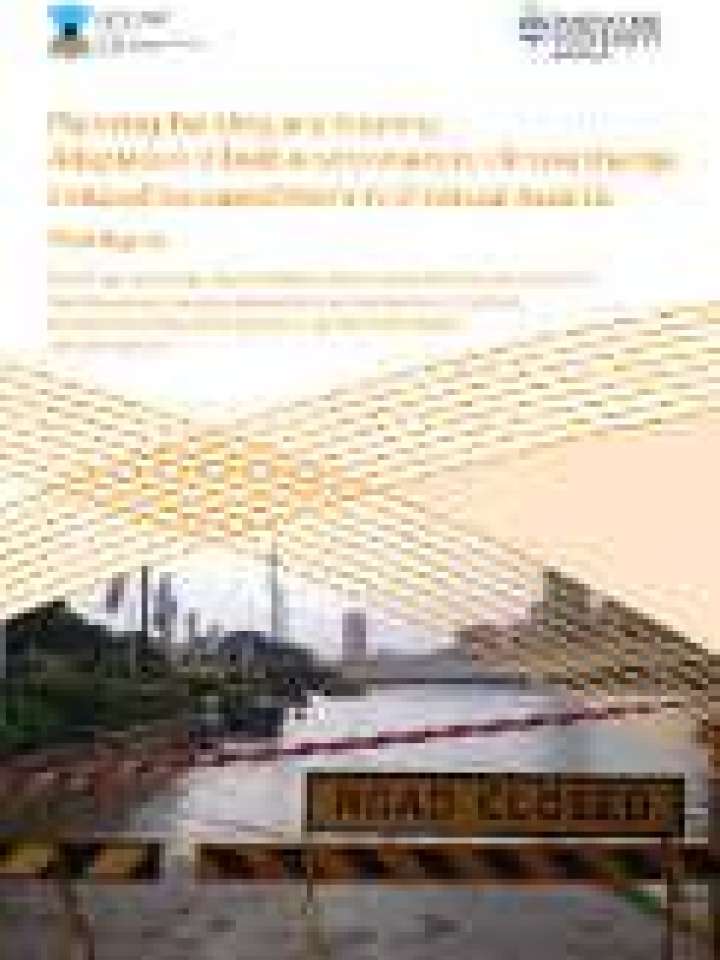Planning, building and insuring: adaptation of built environment to climate change induced increased intensity of natural hazards
This report examines the impacts on the built environment of increased intensities in weather-related natural hazard events, in order to identify the possibilities of using the regulatory mechanisms of building construction, housing insurance and planning in climate change adaptation. The research findings are restricted to these three aspects of the built environment, and further concentrated on adaptation responses that may be required in mitigation of the impacts of three types of hazards; tropical cyclones, floods and bushfires. Adaptation of the built environment to climate change is predicated on scenarios, especially those collated by the Intergovernmental Panel on Climate Change, that suggest increases in the impacts of natural hazards as a consequence of global warming.
This report takes a case study approach to understanding the adaptation of the built environment to anticipated increased challenges of natural hazards in the climate change context. The objectives of the research project were to: (i) examine the likely impacts of increased intensities of weather-related natural hazards on the built environment; (ii) identify adaptations of key regulatory mechanisms (building codes, land-use planning and housing insurance) and industry best practice through building construction, housing and planning; (iii) address the gap in knowledge through an all hazards approach to building design, land use planning and building stock, using case studies in each sector to facilitate a proactive approach that will link practice to policy; and (iv) make recommendations for adaptations to meet changing hazard threats within the emergency management preparations and responses of diverse agencies and organisations responsible for the built environment.
Explore further
